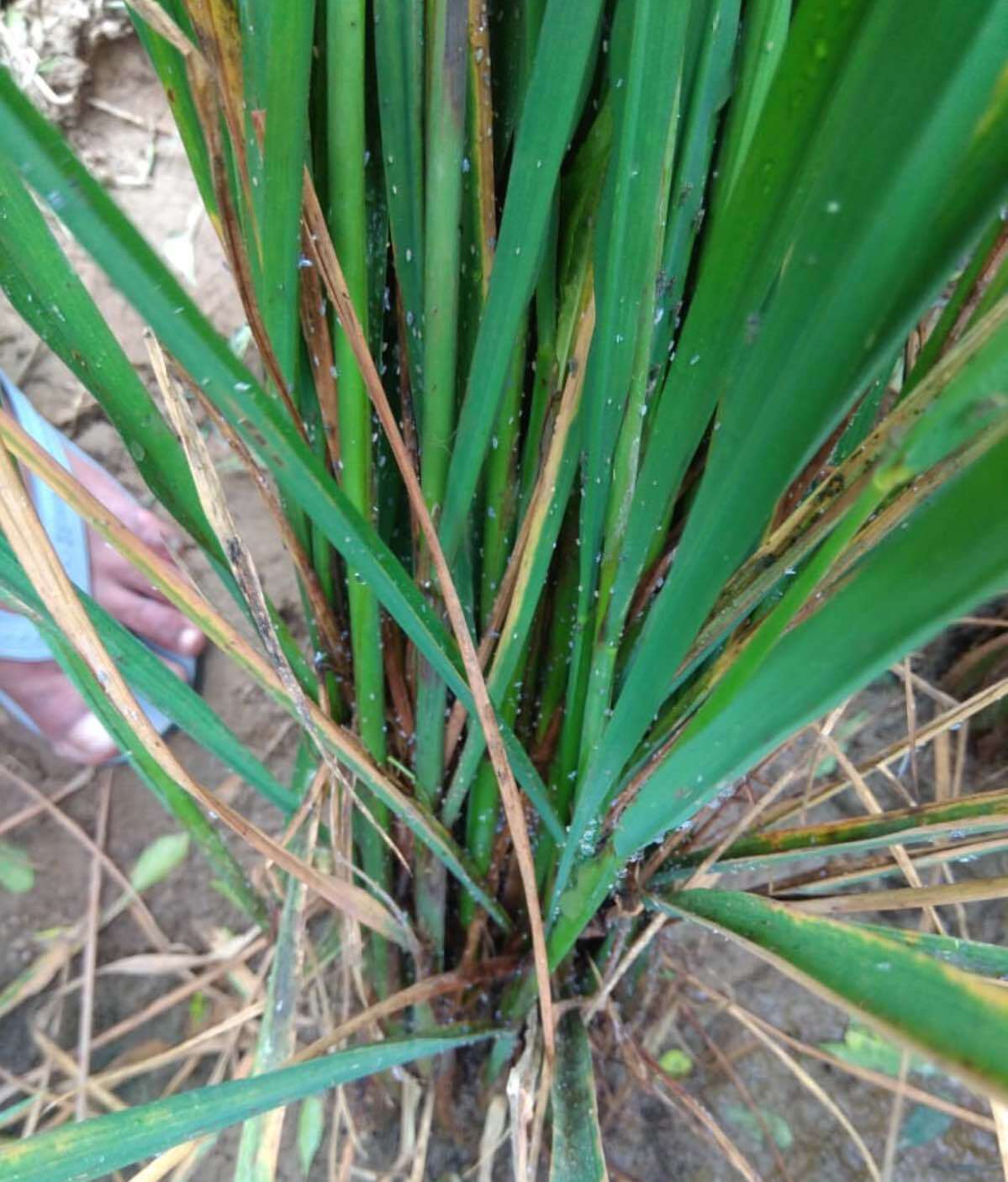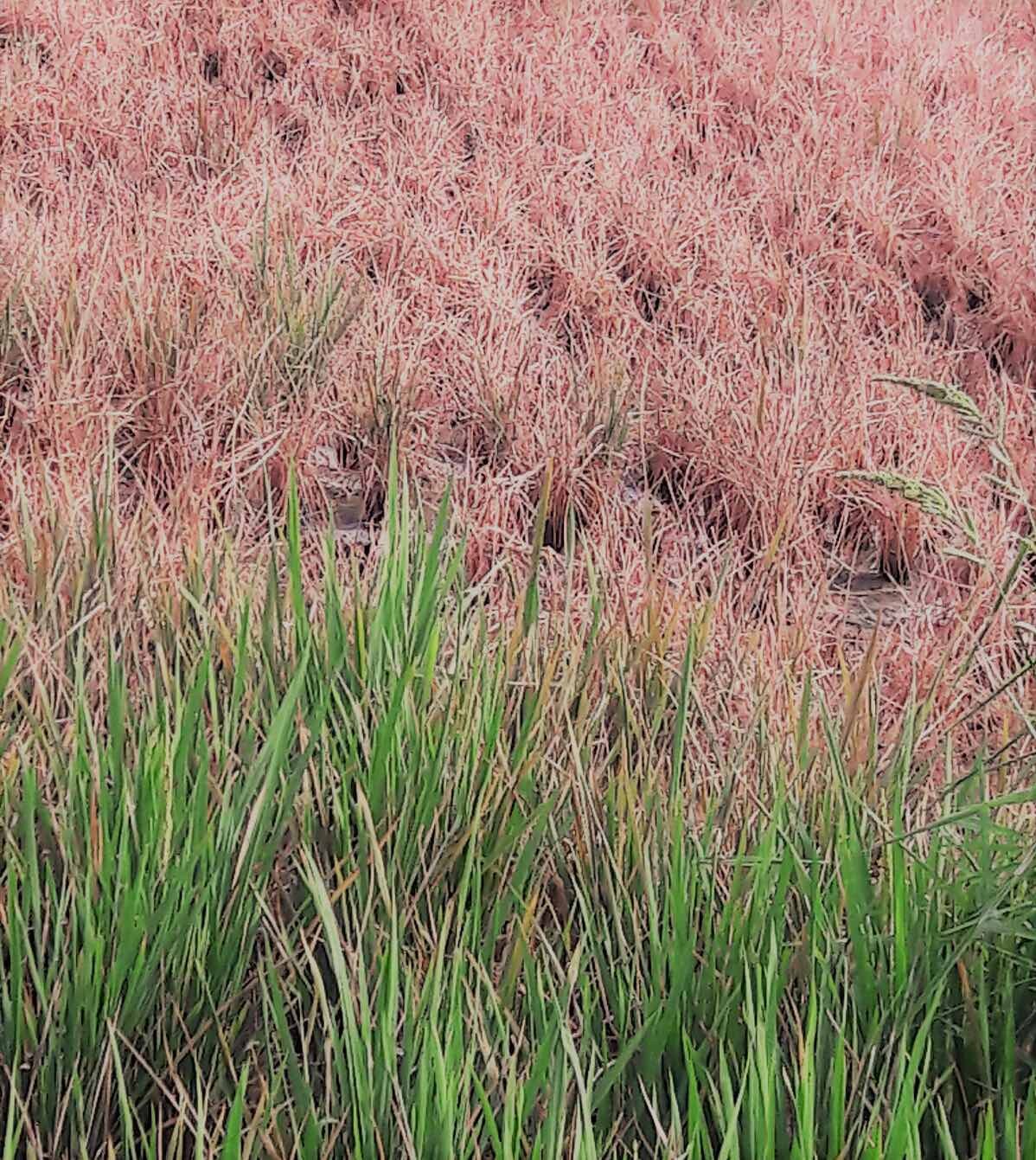wereng
Rice and other grasses depending on the species
Planthoppers and leafhoppers are serious pests to rice and have worldwide distribution. Leafhoppers feed on rice leaves and other parts of plants, which causes significant direct and indirect damage. Adult planthoppers develop various distinct wings that affect their ability to migrate. The initial stages of infestations usually occur at night during periods of hot and humid weather conditions. A low number of migrated adult females insert their eggs into leave tissues. Nymphs develop quickly and large populations can grow fast.
SymptomsAt low infestation levels: Yellow patches appear sporadically along leaves and sooty mold is formed at the base of infested plants, where planthoppers are usually found.
At medium infestation levels: Whole plants turn yellow and begin to dry. As time progresses, the plants turn brown and dry up. Small brown zones of completely dried plants will be noticeable in several regions throughout the field. This is known as “hopper burn”.
At high infestation levels: Newly formed brown patches of dry plants connect which results in loss of large parts of the field.
Tanaman atau bibit yang tahan terhadap penyakit merupakan syarat penting dalam budidaya.
Perlu dilakukan irrigasi dan pemupukan yang tepat untuk mempertahankan tanaman memiliki tajuk yang sehat dan menghindari stress pada tanaman. Kanopi tanaman yang kurang menjadikan tanaman sangat mudah diserang hama dan penyakit.
Gunakan pupuk sesuai dosis, dan hindari pemupukan N yg berlebihan karena akan menyebabkan rentanya tanaman terhadap infeksi hama dan penyakit baru dan sering kali tidak meningkatkan hasil yang significant.
Kebersihan area penanaman adalah hal terpenting, hindarkan tanaman dari gulma, sisa-sisa tanaman, bagian tanaman yang rusak, pertumbuhan tanaman yang tidak di ingginkan dan tanaman lain yang bukan merupakan tanaman utama budidaya.
Produk yang digunakan oleh satu atau sebagian dari dunia adalah mengandung bahan aktif sebagai berikut:
flonicamid, buprofezine, pymetrozine, bifenthrin, deltametrin, lambda cyhalothrin, imidacloprid, thiamethoxam, acetamiprid, clothianidin, chlorpyrifos, dimethoate, dan fipronil.
neem oil and mineral oil.
*Names marked in red are considered to be highly poisonous to beneficial insects.
*Names marked in green are considered to be organic and IPM (integrated pest management) compatible.
Image Gallery

